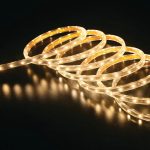Why LED Light Bulbs Are Better: A Comprehensive Guide to Energy Efficiency
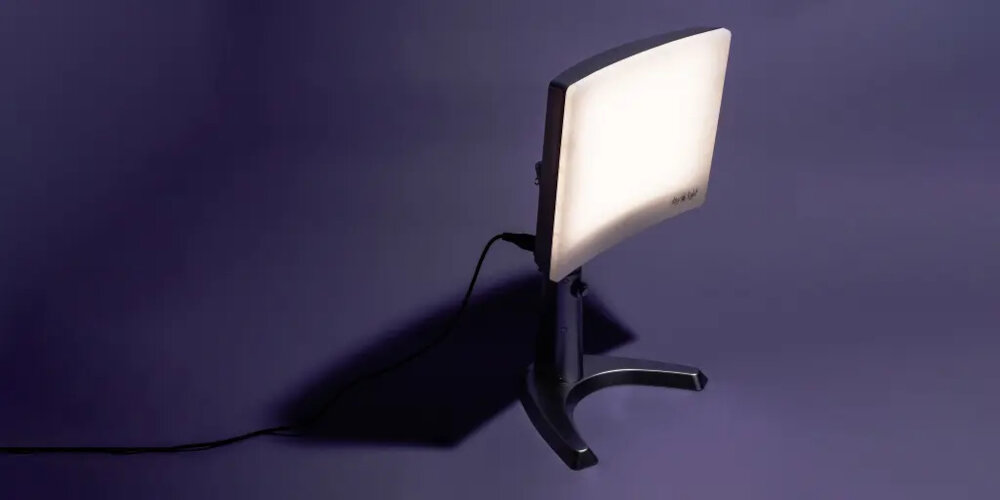
Lighting technology has come a long way in recent years, and LED light bulbs have emerged as the clear winner when it comes to energy efficiency. In this comprehensive guide, we will explore why LED light bulbs are better than traditional incandescent and fluorescent bulbs, and how their superior performance can benefit you and the environment. We will delve into the science behind LED technology, and examine the various factors that make LED bulbs the most efficient and environmentally friendly lighting option available today. One of the key benefits of LED light bulbs is their energy efficiency. Compared to traditional incandescent bulbs, which convert only about 10% of their energy into light and waste the rest as heat, LED bulbs can convert up to 90% of their energy into light. This makes them far more efficient and reduces their energy consumption, which in turn lowers your electricity bills and reduces your carbon footprint. Additionally, LED bulbs last far longer than traditional bulbs, which means you’ll need to replace them less frequently, further reducing your environmental impact. In this guide, we’ll explore these benefits and more, and show you why you should switch to LED bulbs for all your lighting needs.
LED light bulbs, also known as light-emitting diodes, are a revolutionary technology in the lighting industry. Unlike traditional incandescent bulbs, which generate light by heating a filament, LEDs produce light through a process called electroluminescence. This process involves the movement of electrons through a semiconductor material, which emits light in the form of photons. LED bulbs are highly energy-efficient, consuming up to 90% less energy than incandescent bulbs, and have a significantly longer lifespan, lasting up to 25 times longer. Additionally, LED bulbs produce less heat, making them safer and more environmentally friendly. With their many benefits, it’s no wonder that LED bulbs are rapidly becoming the preferred lighting solution for homes and businesses alike.
When compared to traditional incandescent bulbs, LED light bulbs are vastly superior in terms of energy efficiency, cost-effectiveness, and longevity. Incandescent bulbs work by passing an electrical current through a filament, which heats up and produces light. However, this process is highly inefficient, as up to 90% of the energy is lost as heat. In contrast, LED bulbs use semiconductor technology to convert electricity into light, resulting in much less energy waste. Furthermore, LED bulbs last significantly longer than incandescent bulbs, with an average lifespan of 25,000 hours compared to just 1,000 hours for incandescent bulbs. This means that although LED bulbs may have a higher upfront cost, they will save money in the long run due to their superior energy efficiency and longer lifespan.
Energy Efficiency
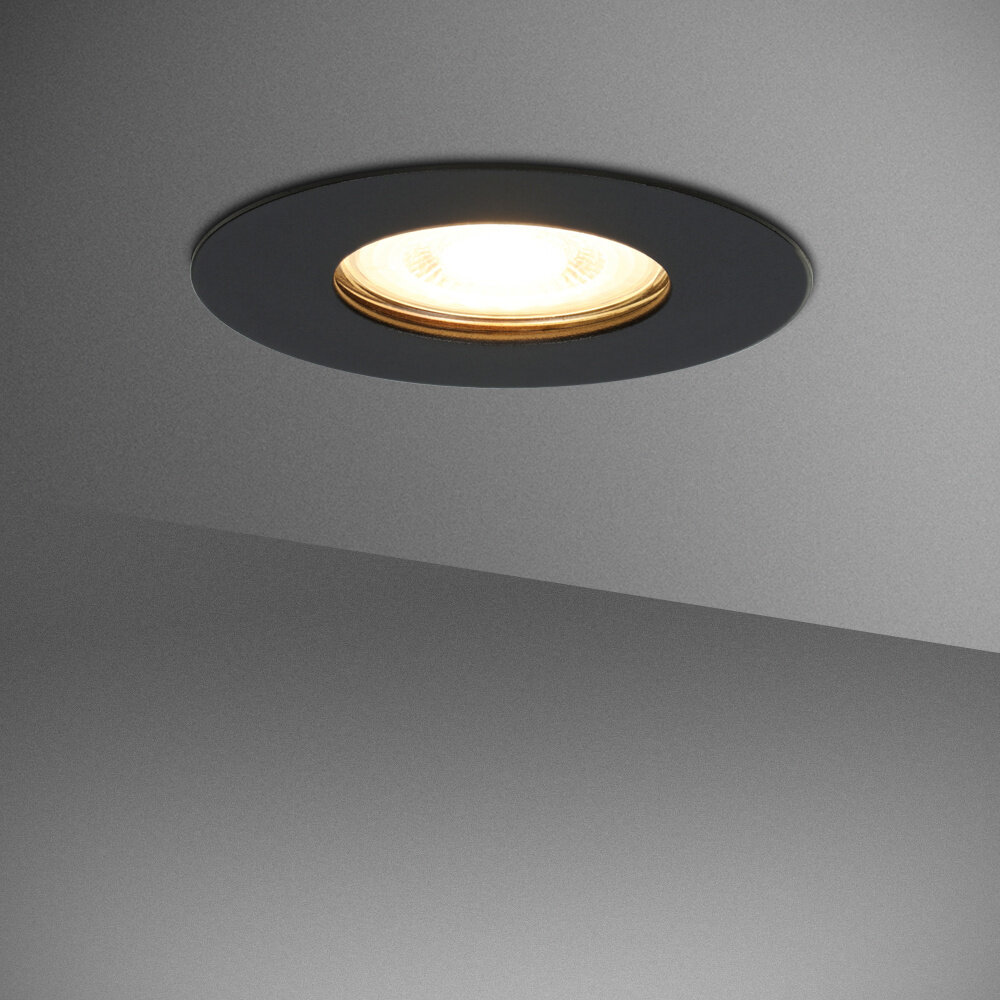
Energy efficiency is the key to sustainable living, and it has become a pressing issue in today’s world. With the ever-increasing demand for energy, it is important to find ways to reduce our energy consumption and become more energy-efficient. One of the most effective ways to achieve this is by using LED light bulbs. LED bulbs are an excellent choice for energy-efficient lighting, as they use up to 80% less energy than traditional incandescent bulbs. This means that not only do they save you money on your energy bills, but they also reduce your carbon footprint. In addition to their energy efficiency, LED bulbs last much longer than traditional bulbs, which means that they need to be replaced less frequently. This further reduces their environmental impact by reducing waste. LED bulbs also emit less heat than traditional bulbs, which means that they are cooler to the touch and can help reduce your cooling costs in the summer. With the many benefits that LED bulbs offer, it’s no wonder that they have become the preferred choice for energy-efficient lighting.
LED bulbs are more energy efficient than traditional incandescent bulbs because they use less electricity to produce the same amount of light. This is because incandescent bulbs use a filament to produce light, which heats up and produces light as a byproduct. However, this process also produces heat, which is wasted energy. LED bulbs, on the other hand, use a semiconductor to produce light, which is much more efficient. They also produce less heat, which means that more of the energy is used to produce light. Additionally, LED bulbs last much longer than incandescent bulbs, which means that they need to be replaced less often, further reducing energy consumption. Overall, LED bulbs are a much more environmentally friendly and cost-effective option for lighting.
When it comes to wattage and energy consumption, LED light bulbs are far superior to incandescent bulbs. In fact, LED bulbs use up to 80% less energy than their traditional counterparts. This is because they convert most of the energy they consume into light, while incandescent bulbs waste energy as heat. For example, a 60-watt incandescent bulb can be replaced by a 9-watt LED bulb, which not only saves energy but also reduces your electricity bill. Additionally, LED bulbs have a longer lifespan, so you won’t have to replace them as often. Overall, LED light bulbs are a more energy-efficient and cost-effective option than incandescent bulbs.
One of the most significant benefits of LED light bulbs is their long-term cost savings. While LED bulbs may have a higher upfront cost than traditional incandescent bulbs, they last significantly longer and consume less energy. This means that you’ll save money on your energy bills and replacement costs over time. LED bulbs can last up to 25,000 hours, which is 25 times longer than incandescent bulbs. Additionally, LED bulbs use up to 80% less energy than incandescent bulbs, which translates into significant savings on your energy bills. With LED bulbs, you’ll not only save money in the long run but also reduce your carbon footprint and contribute to a more sustainable future.
Longer Lifespan
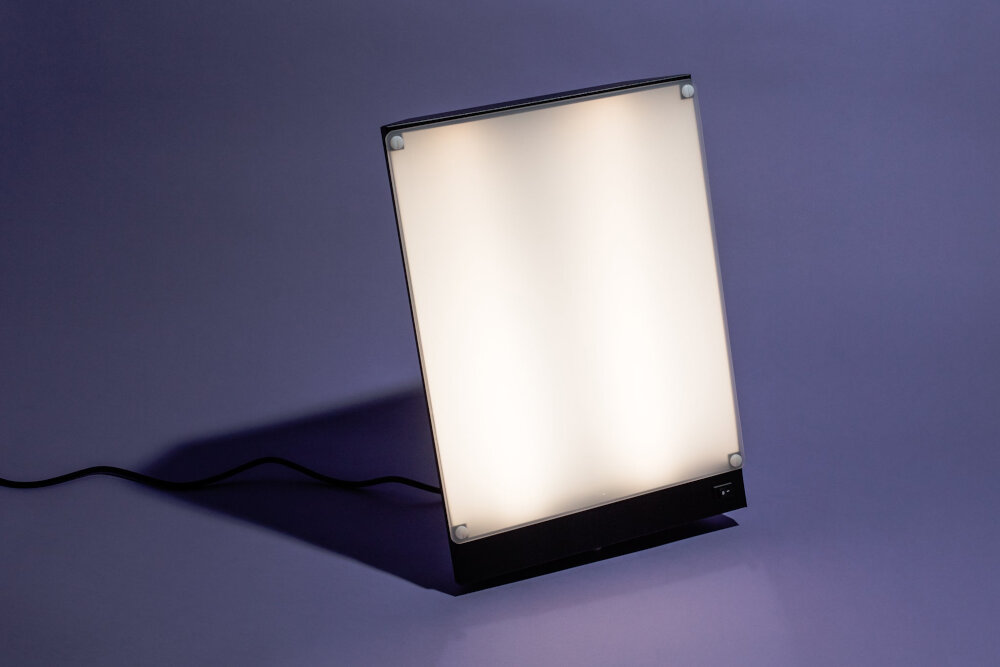
LED light bulbs offer a longer lifespan compared to traditional incandescent bulbs. Incandescent bulbs typically have a lifespan of around 1,000 hours, whereas LED bulbs can last up to 25,000 hours or more. This translates to a much longer lifespan, which means less frequent replacement and less waste. Additionally, LED bulbs are less likely to break or shatter, making them a safer option for any household. The longer lifespan of LED bulbs is due to their energy efficiency. LED bulbs use far less energy than incandescent bulbs, resulting in less heat production and less wear and tear on the bulb. This means that LED bulbs can last much longer without burning out. Not only does this save you money on replacement costs, but it also reduces your environmental impact by decreasing the amount of waste produced. Overall, the longer lifespan of LED bulbs is just one of the many benefits that make them a more efficient and sustainable choice for lighting your home or workspace.
LED bulbs are known for their longer lifespan compared to traditional incandescent bulbs. This is due to the fact that LED bulbs do not rely on a filament that can burn out over time. Instead, they use a semiconductor to produce light, which is a more durable and long-lasting technology. Additionally, LED bulbs generate less heat, which reduces the stress on the components and further extends their lifespan. LED bulbs can last up to 25,000 hours or more, which is several times longer than incandescent bulbs. This feature not only saves money on replacement costs but also reduces waste and contributes to a more sustainable environment.
When it comes to lifespan, LED light bulbs have a clear advantage over incandescent bulbs. While incandescent bulbs typically last for around 1,000 hours, LED bulbs can last for up to 50,000 hours. This means that LED bulbs can last for up to 50 times longer than incandescent bulbs. Not only does this mean that you will need to replace your bulbs less frequently, it also means that you will save money in the long run. Additionally, LED bulbs are more durable than incandescent bulbs, as they are less likely to break or shatter. Overall, LED bulbs offer a much longer lifespan than incandescent bulbs, making them a more reliable and cost-effective choice for lighting your home or office.
Switching to LED light bulbs can save money in the long run due to their energy efficiency and longer lifespan. LED bulbs use significantly less energy than traditional incandescent bulbs, which can result in lower electricity bills. Additionally, LED bulbs can last up to 25 times longer than incandescent bulbs, reducing the need for frequent replacements and resulting in lower maintenance costs. Although LED bulbs may have a higher upfront cost, their energy efficiency and longer lifespan make them a cost-effective investment over time. By making the switch to LED bulbs, individuals and businesses can save money on their energy bills and reduce their environmental impact.
Environmental Impact
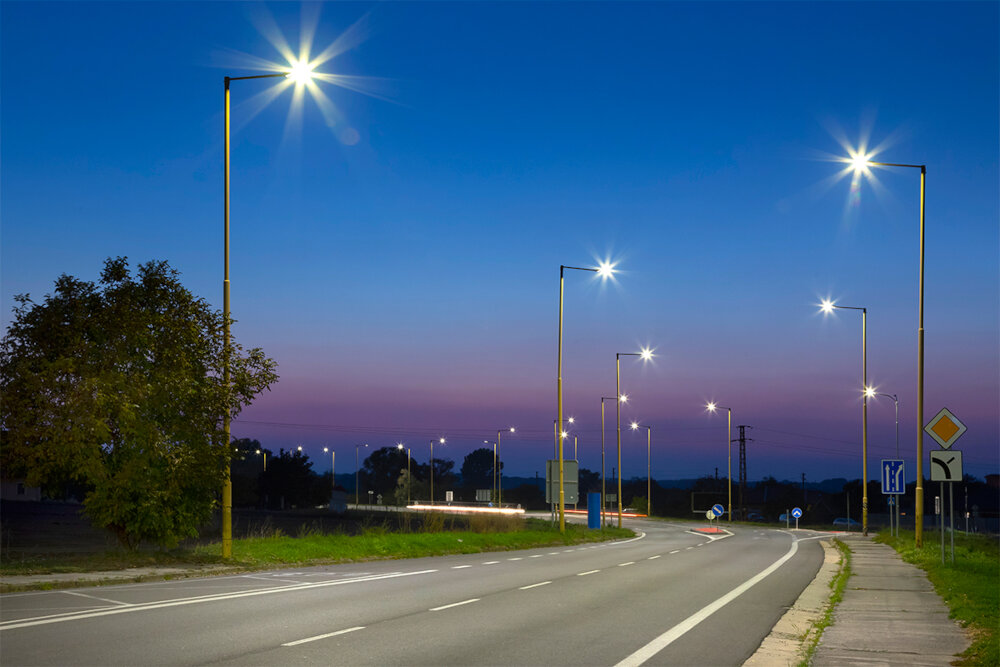
The environmental impact of LED light bulbs is significantly lower than other traditional lighting options. LED bulbs consume less energy and have a longer lifespan, reducing the need for frequent replacements. This not only saves money for consumers but also reduces the amount of waste generated by discarded bulbs. Additionally, LED bulbs do not contain hazardous materials such as mercury, which is commonly found in fluorescent bulbs. This makes LED bulbs much safer to dispose of and reduces the risk of environmental contamination. In terms of energy efficiency, LED bulbs are a clear winner, as they require less energy to produce the same amount of light as traditional bulbs. This translates to a lower carbon footprint and reduced greenhouse gas emissions. The use of LED lighting can also have a positive impact on the environment beyond just the reduction of energy consumption. LED bulbs are capable of producing light in a range of colors and wavelengths, which can be used to promote plant growth in indoor settings. This enables individuals to grow plants and vegetables year-round, reducing the need for transportation and packaging of produce. Additionally, LED lighting can be used to create aesthetically pleasing outdoor lighting that does not contribute to light pollution. By reducing the amount of light pollution generated by traditional lighting options, LED bulbs can help preserve natural habitats and reduce the negative impact of artificial light on wildlife.
LED bulbs are more environmentally friendly than other types of light bulbs because they use less energy and last longer. They are highly energy-efficient, converting up to 95% of the energy they consume into light. This means that they require less electricity to produce the same amount of light as traditional incandescent bulbs, which release a significant amount of heat when they operate. Additionally, LED bulbs have a longer lifespan, lasting up to 25 times longer than traditional bulbs. This means that fewer bulbs need to be produced, transported, and disposed of, reducing the amount of waste generated and minimizing the environmental impact. Overall, LED bulbs offer a sustainable and eco-friendly lighting solution that benefits both the planet and your wallet.
When it comes to energy consumption and carbon emissions, incandescent bulbs pale in comparison to LED light bulbs. Incandescent bulbs waste a significant amount of energy by converting most of it into heat instead of light. This inefficiency results in higher electricity bills and a larger carbon footprint. In contrast, LED bulbs are much more energy-efficient, converting up to 80% of the energy they consume into light. Additionally, LED bulbs have a longer lifespan, reducing the amount of waste generated from frequent bulb replacements. Overall, the switch to LED bulbs is a smart choice for those looking to reduce their energy consumption and carbon emissions.
LED light bulbs are an energy-efficient lighting solution that can significantly reduce waste and pollution. Unlike traditional incandescent bulbs, LED bulbs use significantly less energy to produce the same amount of light, which means less energy is needed to operate them, resulting in lower electricity bills and less harmful emissions. Additionally, LED bulbs have a much longer lifespan than traditional bulbs, which means they need to be replaced less frequently, reducing the amount of waste going to landfills. LED bulbs also contain less hazardous materials and are more easily recyclable, further reducing their impact on the environment. Switching to LED bulbs is a simple and effective way to reduce waste and pollution while also saving money on energy bills.
Light Quality
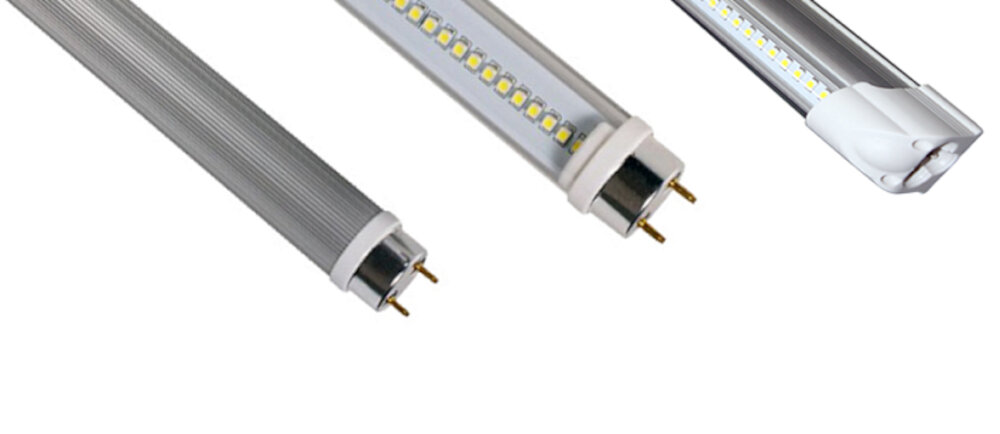
Light quality is an essential aspect to consider when choosing light bulbs for your home or office. The quality of light can influence your mood, productivity, and even your health. LED light bulbs are known for their superior light quality compared to traditional incandescent bulbs. They produce a brighter, more natural light that is similar to daylight, making them ideal for any space where you need to focus or perform tasks. LED bulbs also have a high color rendering index (CRI), which means they can accurately display colors and textures, making them perfect for applications such as photography and art. In addition to their superior light quality, LED bulbs are also highly customizable. They come in a range of color temperatures, from warm white to cool white, allowing you to choose the perfect lighting for your space. You can also choose between dimmable and non-dimmable bulbs, giving you even more control over your lighting. And with smart bulbs, you can even control your lighting remotely via an app on your smartphone or tablet. LED light bulbs offer both superior quality and customization, making them a smart choice for any lighting application.
LED bulbs provide better quality light compared to traditional incandescent bulbs due to their unique technology. LED bulbs generate light through a process known as electroluminescence, which involves the emission of light when an electric current is passed through a semiconductor material. This process produces a bright and consistent light that is free from flicker and glare. LED bulbs also have a higher color rendering index (CRI) which measures the accuracy of the color of the light. This means that LED bulbs can produce a more natural and vibrant color spectrum, making them ideal for use in homes, offices, and outdoor spaces. Additionally, LED bulbs are more energy-efficient, durable, and have a longer lifespan, making them a cost-effective and eco-friendly lighting solution.
When comparing incandescent bulbs to LED light bulbs, there are several factors to consider. One of the most significant differences is brightness. LED bulbs are much brighter than incandescent bulbs, which means they can light up a room more effectively. Another difference is color. LED bulbs come in a variety of colors, including warm white, cool white, and daylight. This makes them ideal for different types of settings, such as homes, offices, and retail spaces. Finally, LED bulbs are much cooler in temperature than incandescent bulbs. This means they produce less heat and are safer to handle. Overall, LED bulbs are a more energy-efficient and cost-effective option than incandescent bulbs.
LED bulbs have been found to have a positive impact on mood and productivity due to their ability to mimic natural daylight. Unlike traditional incandescent bulbs, LED bulbs emit a brighter and more even light, which can reduce eye strain and improve alertness. Additionally, LED bulbs have been linked to regulating the body’s circadian rhythms, which can improve sleep quality and overall wellness. By providing a more natural and consistent light source, LED bulbs can create a more comfortable and stimulating environment, leading to increased productivity and a better overall mood. Furthermore, LED bulbs are more energy-efficient and cost-effective than traditional bulbs, making them an ideal choice for those looking to enhance both their well-being and their bottom line.
In summary, LED light bulbs are a smart choice for those looking for energy-efficient and cost-effective lighting solutions. They offer a number of benefits over traditional incandescent and fluorescent bulbs, including longer lifespan, lower energy consumption, and reduced carbon emissions. Furthermore, LED bulbs come in a variety of colors and designs, making them suitable for any lighting need. They also emit less heat, making them safer to use, and are free of hazardous materials such as mercury. Overall, switching to LED lighting is a wise investment that can save both money and the environment.
Making the switch to LED bulbs is a smart move for anyone looking to reduce their energy consumption and save money on their electricity bill. Not only do LED bulbs use significantly less energy than traditional incandescent bulbs, but they also last much longer, which means less frequent replacements and less waste. LED bulbs also emit less heat, which can help to reduce cooling costs in warmer months. While the initial cost of purchasing LED bulbs may be slightly higher than traditional bulbs, the long-term cost savings and energy efficiency make them a worthwhile investment for any home or business.
Conclusion
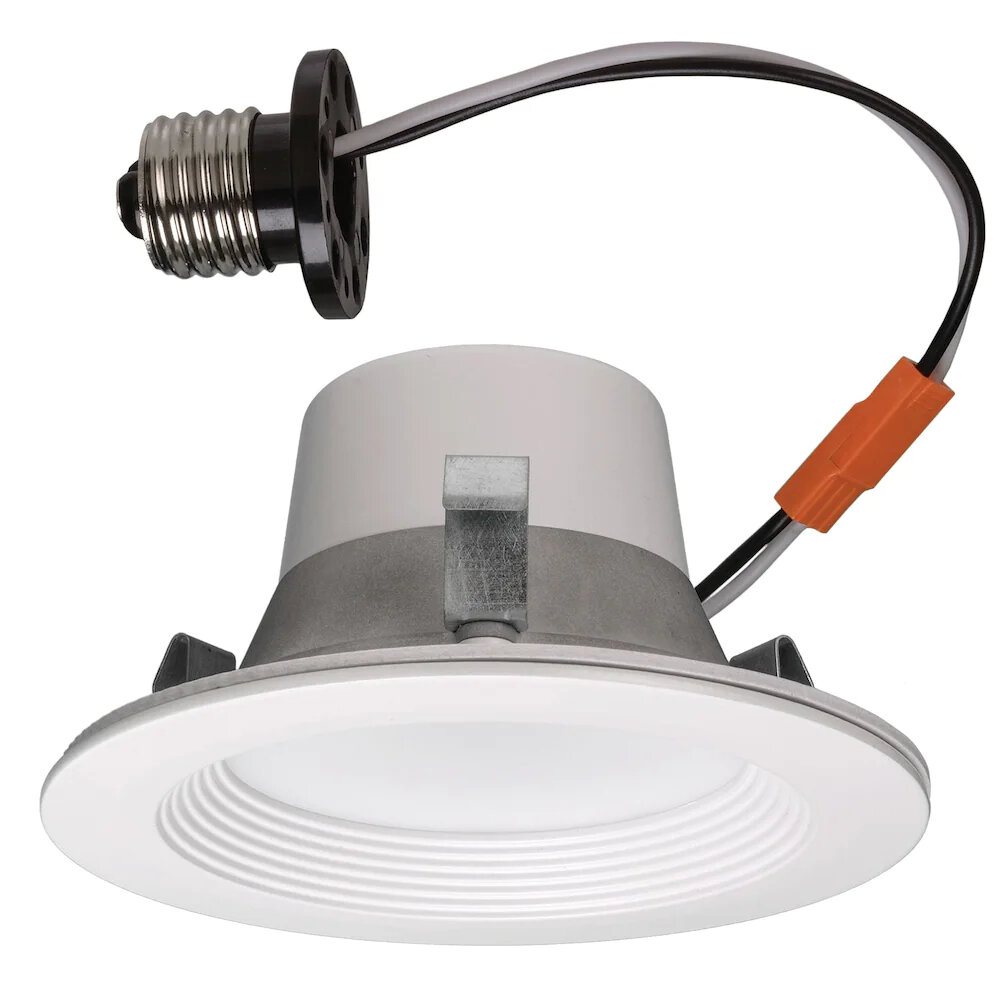
In conclusion, it is evident that LED light bulbs are the better choice when it comes to energy efficiency. Not only do they use less energy compared to traditional incandescent bulbs, but they also last longer and emit less heat. LED bulbs are also versatile in their design and can be used in a variety of settings, from homes to commercial spaces. Furthermore, the initial cost of LED bulbs may be higher, but the long-term savings on energy bills and replacement costs make them a worthwhile investment. Overall, switching to LED bulbs is a smart and eco-friendly choice that benefits both the environment and your wallet.




